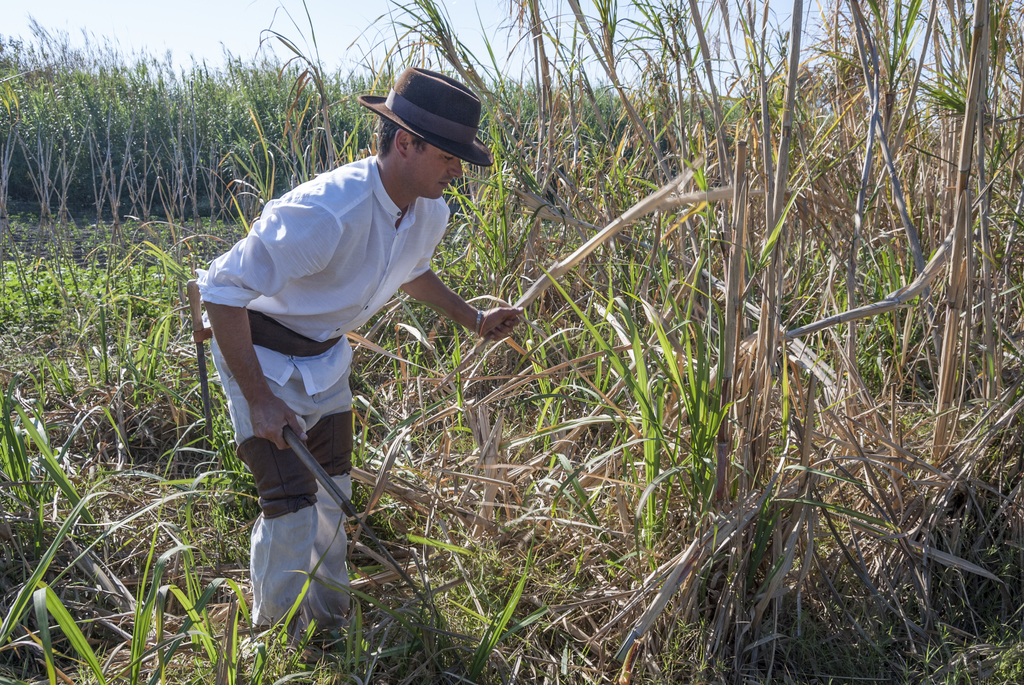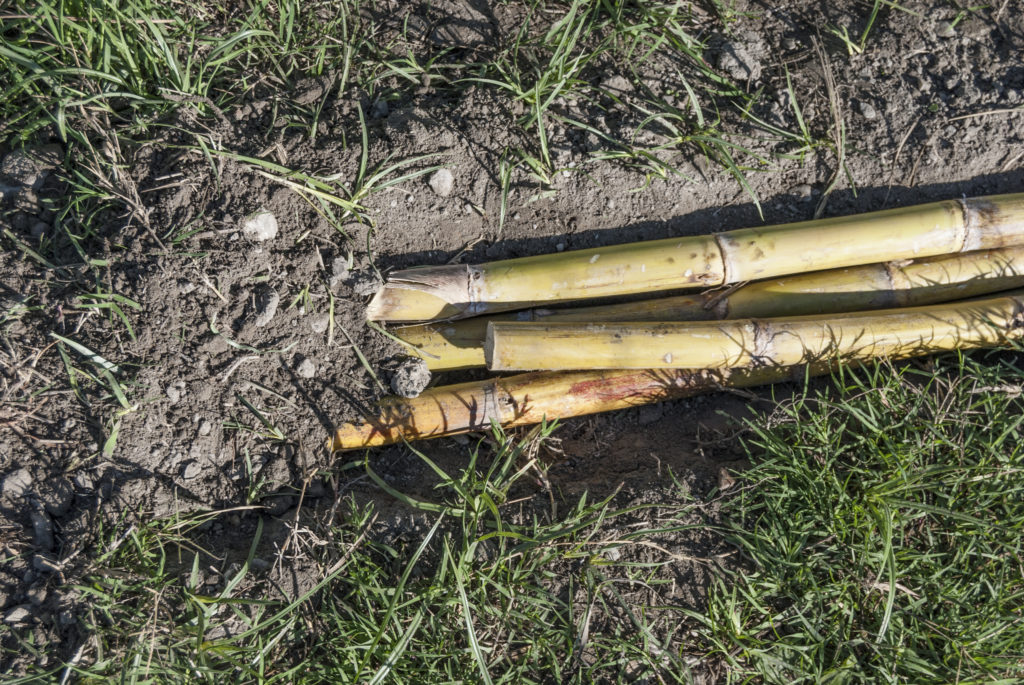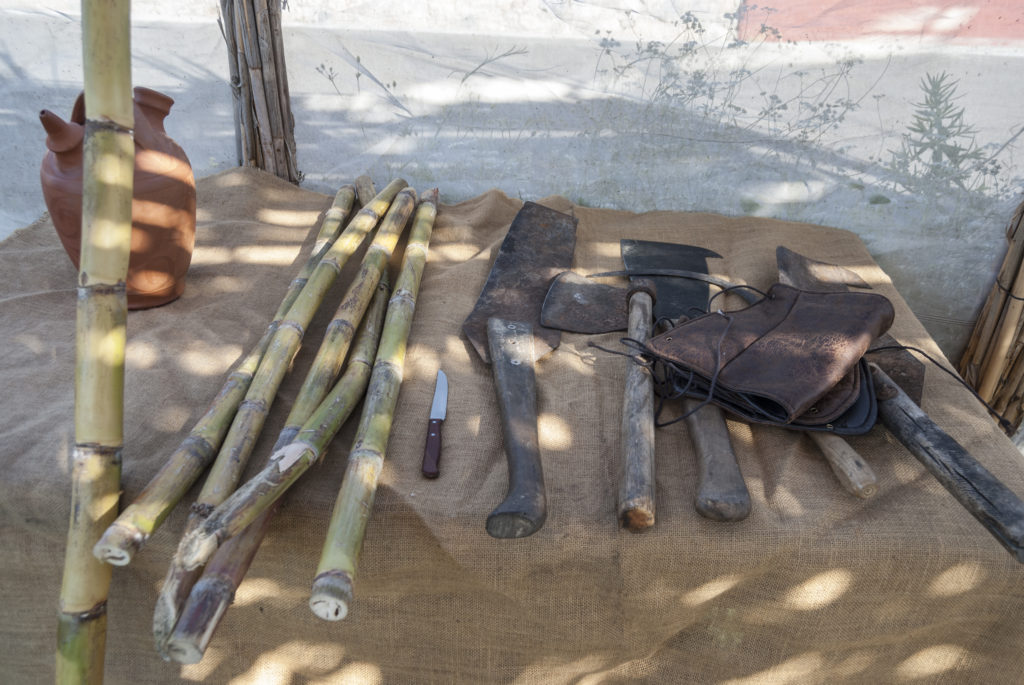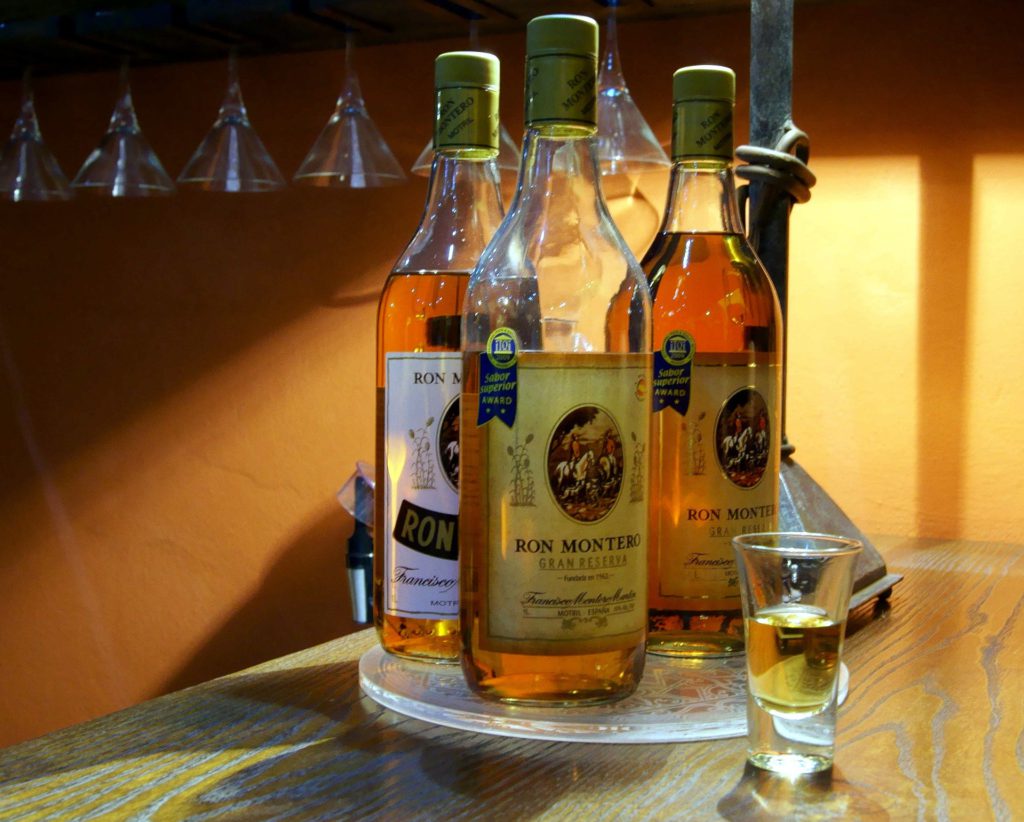Cane sugar and Rum in Motril
In 2006, after a thousand years, the cultivation of sugar cane ceased in the area around Motril, commercial exploitation definitively stopped and the last sugar factory in Europe, in Salobreña, closed down.
There were several reasons for this: urbanisation of the lands, greater profitability of other fruits and the withdrawal of subsidies from the European Union for sugar cane cultivation.
Origins and Historical notes
The origins of sugar cane in the Iberian Peninsula date back to 711, when the Arabs introduced it to the Kingdom of Granada, although it was in the 16th century that sugar production reached its peak, with up to fifteen large, new, fully-equipped factories, known as ingenios (sugar factories)
In 1278 a treatise was signed between the Genoese Republic and the Nasrid Kingdom of Granada, which smoothed a commercial maritime route and would turn Motril into the capital of sugar. From then on, sugar was the main economic activity in the region. Each sugar factory employed 200 or 300 people in the manufacturing work and almost 500 people in the harvesting of the cane.
In 1679 the Black Death struck, and the sugar cane industry in Motril and in Spain in general went into a serious crisis, and even disappeared. A century later it would re-emerge with new industrial technology, until the 1970s, when sugar was the economic and agricultural engine of the Costa Tropical. In 2003, 500 hectares of sugar cane were planted in Europe, of which 350 were in Motril and the rest in Salobreña and Vélez Málaga.
From cane to sugar
The sugar cane is cultivated between February and March, but is not planted by seed, but is buried horizontally. The cane has nodes with buds, from which other canes grow. The same cane can be productive for 7 years, while one square metre of plantation produces an average of 50 kilos of cane, from which 8 kilos of sugar are obtained.
The manufacturing process was complex, as the juice had to be extracted from the cane and turned into “sugar crystals”. Before the canes were taken to the factory, they were cleaned by cutting off the sharp leaves and ends. This process was called monda (peeling) and was the job of the mondero (peeler). Once at the factory, they were introduced into the mill to extract the juice and pressed to obtain every last drop.
From there, the juice was cooked in successive boilers to obtain the honeys. There were three types of boilers: the first, called “jarope”, where the liquid was purified and foams removed; it was then filtered and concentrated in the “caldera de melar”; finally, in the “tachas”, the molasses was given its sugar content. During this process, the master sugar maker gave the molasses the exact boiling point for perfect crystallisation. The last step took place in the refining rooms, where the famous sugarloaves were produced.
From sugar to rum
How is sugar transformed into alcohol?
Rum begins with a fermentation process to which yeast and water are added. Depending on the type of rum, the duration of fermentation is shorter or longer. To separate the alcohol from the water, the distillation process begins, which defines the type of rum.
Once the rum is obtained, barrels are used for ageing. The barrels on the floor are called soleras, and those on top are called criaderas. When it is time to extract part of the alcoholic beverage, the first step is to remove it from the solera. This is then refilled with the liquid from the criadera placed on top of it, and so on with the barrels above it. The master rum-maker then determines the final proportion of spirit and cane distillate.
Nowadays, the molasses and sugar cane processed in the distilleries on the Granada coast is usually imported from other countries such as Egypt or Mexico, as it is no longer produced here.
Ron Montero: Motril’s rum
After the process of crystallising the sugar up to three times, the third sugar obtained is brown cane sugar, the healthiest sugar. We obtain the rest of the liquid without crystallising, which is what will be used to elaborate the rum.
In Motril you can visit Ron Montero cellars, the only visitable rum cellars in Europe. In 1963, Francisco Montero, founded the company dedicated to the production of authentic Motril cane rum.
Ron Montero, known internationally for its Ron Pálido, was born. In 2007 he left the factory to his nephew Joaquín Martín Montero, director of the last sugar factory in Europe and the only European sugar cane molasses distillery.

Siega de Caña. Photo: Ana Belén García Muñoz. © Instituto Andaluz del Patrimonio Histórico
IAPH image under conditions established under license cc-by 3.0 de Creative Common. https://creativecommons.org/licenses/by/3.0/es/

Siembra de Caña. Photo: Ana Belén García Muñoz. © Instituto Andaluz del Patrimonio Histórico
IAPH image under the conditions established under license cc-by 3.0 de Creative Common. https://creativecommons.org/licenses/by/3.0/es/

Herramientas. Photo: Ana Belén García Muñoz. © Instituto Andaluz del Patrimonio Histórico
IAPH image under the conditions established under license cc-by 3.0 de Creative Common. https://creativecommons.org/licenses/by/3.0/es/

Ron Montero. Motril. Photo: Tony Cound. Pixabay.
Canal Sur Turismo (2016). Caña de Azúcar, Finca, Museo y Ron, Motril, Granada. [Video File].

